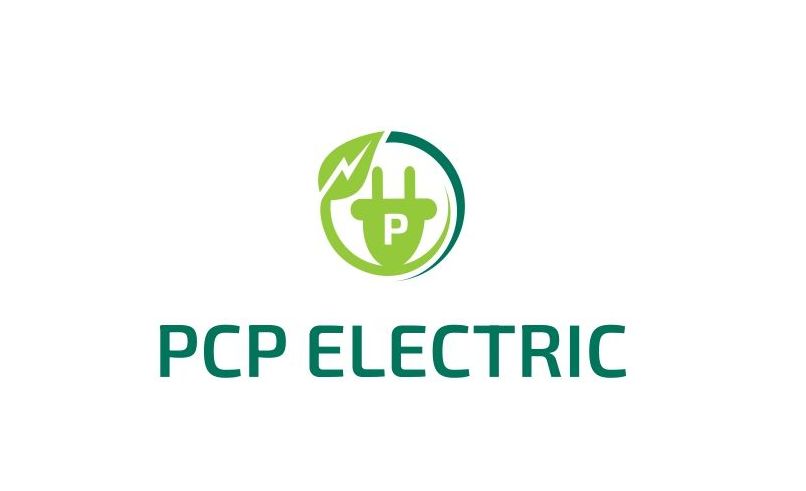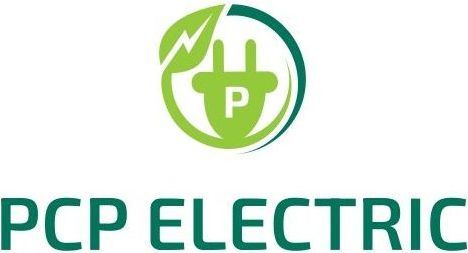How to Choose the Right MCCB for Industrial Use
Introduction
In every industrial facility, safety and reliability are top priorities, especially when it comes to electrical systems. One of the most critical components that ensures both is the Molded Case Circuit Breaker (MCCB). Whether you manage a manufacturing plant, warehouse, or commercial building, choosing the right MCCB can mean the difference between smooth operations and costly downtime.
For companies in Singapore, where energy efficiency and electrical safety standards are tightly regulated, selecting the right MCCB isn’t just about compliance, it’s about optimizing performance, minimizing risks, and ensuring long-term reliability.
In this article, we’ll guide you through how to choose the right MCCB for industrial use, breaking down technical aspects into practical decisions that can help you make smarter purchases, and avoid expensive mistakes.
What Is an MCCB?
A Molded Case Circuit Breaker (MCCB) is a type of electrical protection device that automatically switches off electrical circuits when it detects overload or short-circuit conditions. It’s used for medium to high current ratings, typically ranging from 100A up to 2500A, making it ideal for industrial and commercial applications.
Unlike MCBs (Miniature Circuit Breakers), which are used for residential or light commercial circuits, MCCBs are designed for heavy-duty performance, capable of handling high fault levels and protecting larger circuits, motors, and machinery.
Key Functions of an MCCB:
- Protects against overloads and short circuits
- Provides manual switching for maintenance
- Ensures safe electrical distribution across complex systems
- Enables selective coordination in multi-layered circuits
Why MCCB Selection Matters
In industrial settings, every piece of equipment relies on a stable and secure power supply. Using the wrong MCCB whether undersized or oversized, can cause serious problems such as:
- Frequent tripping due to mismatched current ratings
- Damage to connected equipment
- Energy inefficiency and overheating
- Increased downtime and maintenance costs
By choosing the right MCCB, you ensure smooth operation, lower maintenance, and longer equipment life, all crucial factors for business continuity.
For Singapore’s industrial facilities, where precision, quality, and safety compliance are paramount, MCCB selection is not just technical, it’s strategic.
Key Factors to Consider When Choosing an MCCB
1. Rated Current (In)
The rated current indicates how much current the MCCB can handle continuously without tripping.
To determine the right rating:
- Identify the total load current in your circuit.
- Choose an MCCB with a slightly higher current rating to handle possible fluctuations.
For example, if your circuit typically carries 180A, a 200A MCCB may be more suitable to allow safe tolerance.
Tip: Never oversize the MCCB too much, doing so can delay tripping during actual faults, risking equipment damage.
2. Breaking Capacity (Icu)
The breaking capacity refers to the maximum current the MCCB can safely interrupt without damage. This is a critical safety factor.
In Singapore’s industrial environments, where short-circuit levels can be high, always choose an MCCB with a breaking capacity higher than the system’s prospective short-circuit current.
For instance:
- Light industrial systems: 25kA – 35kA
- Heavy industries (like manufacturing or shipyards): 50kA – 70kA
Selecting the right Icu ensures your MCCB can handle sudden faults safely.
3. Trip Characteristics
Different applications require different trip characteristics, basically how quickly the MCCB reacts to overload or fault conditions.
- Thermal trip: Protects against long-term overload
- Magnetic trip: Protects against short-circuit conditions
- Adjustable trip settings: Found in advanced MCCBs for greater flexibility
Industries with variable load conditions (like machinery or motors) benefit from adjustable MCCBs, allowing you to fine-tune sensitivity according to your needs.
4. Number of Poles
MCCBs come in 2-pole, 3-pole, and 4-pole versions, depending on your electrical system configuration.
- 2-pole: For single-phase systems
- 3-pole: For three-phase systems without neutral
- 4-pole: For three-phase systems with neutral protection
Most industrial applications in Singapore use 3-pole MCCBs, but for systems where neutral protection is important (like data centers or sensitive electronics), a 4-pole MCCB is recommended.
5. Operating Voltage (Ue)
Ensure that the MCCB’s rated operational voltage matches your system voltage.
Common industrial standards in Singapore include:
- 230/400V AC for low-voltage systems
- 500V AC or higher for special applications
Mismatched voltage ratings can compromise both protection and performance.
6. Environmental Conditions
Singapore’s hot and humid climate can affect MCCB performance. When selecting a model, check:
- Ambient temperature tolerance
- Humidity resistance
- Ingress Protection (IP) rating
For outdoor or factory-floor environments, consider MCCBs with dust and moisture protection to ensure long-term reliability.
7. Brand Reputation and Support
Not all MCCBs are created equal. Investing in a reputable brand ensures:
- Consistent quality and performance
- Availability of spare parts and accessories
- Local technical support and warranty coverage
PCP Electric, a trusted electrical solutions provider in Singapore, offers a wide range of MCCBs from globally recognized brands, ensuring compliance with local standards and long-term durability for industrial use.
MCCB Maintenance and Testing
Even the best MCCB requires regular inspection to ensure continued protection:
- Visual inspection: Check for cracks, discoloration, or loose terminals.
- Mechanical test: Manually operate the breaker to verify smooth switching.
- Trip test: Simulate overload conditions to confirm trip accuracy.
Preventive maintenance helps avoid unexpected tripping or failure, saving your business from costly interruptions.
Why Buy Your MCCB from PCP Electric
At PCP Electric, we understand that every industrial facility in Singapore has unique electrical requirements. Our team provides:
- Expert consultation to match MCCB specifications to your system
- Wide selection of MCCBs from trusted brands like Schneider, LS, and ABB
- Competitive pricing for bulk and project-based purchases
- Fast delivery across Singapore
- After-sales technical support for setup and troubleshooting
Our goal is to help your business operate safely, efficiently, and cost-effectively, whether you’re upgrading old panels or designing new installations.
Conclusion
Choosing the right MCCB for industrial use isn’t just about ticking boxes, it’s about ensuring safety, performance, and reliability for years to come. By understanding key factors like rated current, breaking capacity, and trip settings, you can protect your electrical systems while maximizing operational efficiency.
For businesses in Singapore looking for dependable MCCB solutions, PCP Electric is your trusted partner. With quality products, technical expertise, and personalized service, we make it easier to find the right protection for your electrical infrastructure.
Need help choosing the right MCCB for your industrial project?
Contact PCP Electric today for professional guidance and competitive quotes.


